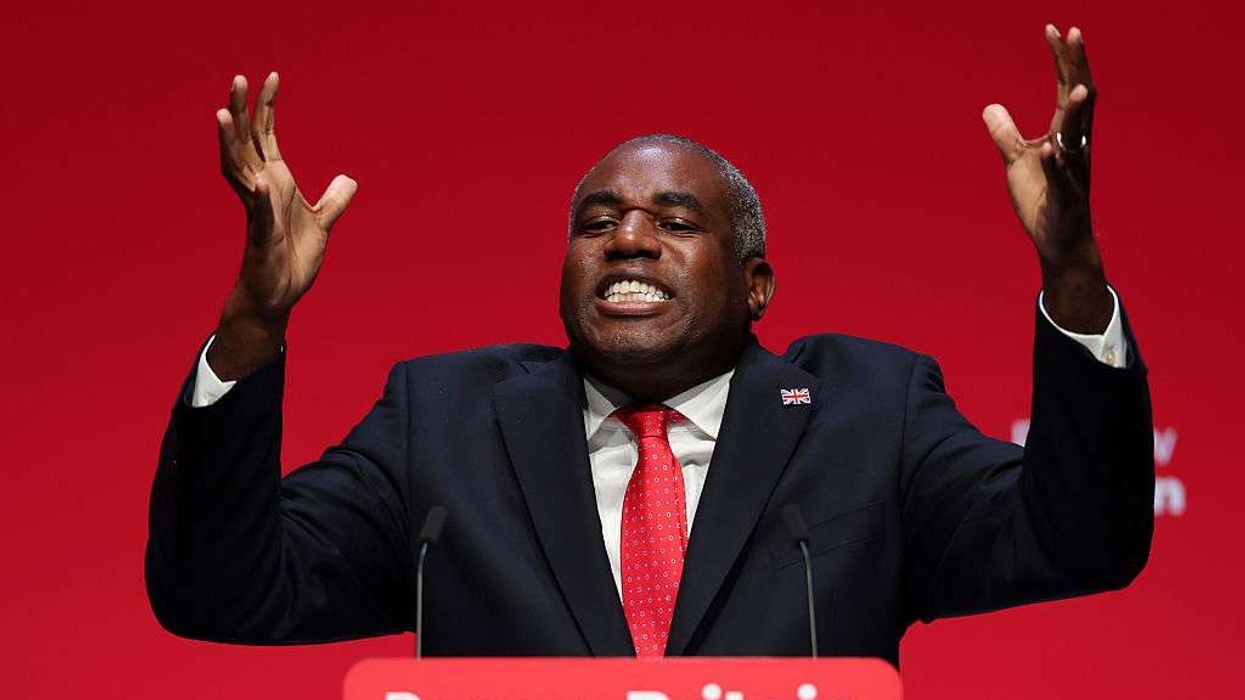Researchers found that carrying far too much weight, including a midriff bulge, from middle age onwards has been linked to an increased risk of physical frailty in old age.
The findings of the research were published in the open-access journal BMJ Open. Frailty is often wrongly perceived as a purely wasting disorder, say the researchers, who emphasise the importance of keeping trim throughout adulthood to help minimise the risk.
Frailty is characterised by at least 3 and pre-frailty by 1-2 of the following 5 criteria: unintentional weight loss; exhaustion; weak grip strength; slow walking speed; and low physical activity levels. It's associated with vulnerability to falls, disability, hospital admission, reduced quality of life and death.
Mounting evidence suggests that obese older adults may be at increased risk because obesity aggravates the age related decline in muscle strength, aerobic capacity, and physical function. But few studies have tracked weight changes and frailty risk over the long term.
The researchers therefore drew on participants in the population based Tromso Study to find out whether general (BMI) and abdominal (waist circumference) obesity separately and jointly, might affect the risk of pre-frailty/frailty.
The Tromso Study consists of seven survey waves of 45,000 residents from Tromso, Norway, aged 25 to 99, carried out between 1974 and 2015-16. The current study drew on data from waves 4 (1994-5) to 7 (2015-16).
The final analysis included 4509 people aged 45 or older. The average age at baseline was 51, with the average monitoring period lasting 21 years.
A BMI of less than 18.5 was categorised as underweight, normal as 18.5-24.9, overweight as 25-29.9, and obesity as 30 and above.
Waist circumference was categorised as normal (94 cm or less for men and 80 cm or less for women); moderately high (95-102 cm for men and 81-88 cm for women); and high (above 102 cm for men and above 88 cm for women).
By 2015-16, 28% of participants were pre-frail, 1% were frail, and 70.5% were strong. In all, nearly 51% of those who were strong and 55% of those categorised as pre-frail were women.
While participants in both the strong and pre-frail/frail groups put on weight and expanded their waistlines during the monitoring period, there were higher proportions of participants with normal BMIs and waistlines at the start of the monitoring period in the strong group.
With the exception of co-existing conditions, such as diabetes, potentially influential factors, including alcohol intake and smoking, educational attainment, marital status, social support, and physical activity levels differed significantly between the strong and pre-frail/frail groups and were accounted for in the analysis.
Those who were obese in 1994, assessed by BMI alone, were nearly 2.5 times more likely to be pre-frail/frail at the end of the monitoring period than those with a normal BMI.
Similarly, those with a moderately high or high waist circumference, to start off with, were, respectively, 57% and twice as likely, to be pre-frail/frail than those with a normal waistline.
Those who started off with a normal BMI but moderately-high waist circumference, or who were overweight but had a normal waistline, weren't significantly more likely to be pre-frail/frail at the end of the monitoring period. But those who were both obese and who had a moderately-high waist circumference at the start of the monitoring period were.
Higher odds of pre-frailty/frailty were also observed among those who put on weight and among those whose waistlines expanded than in those whose weight and waistlines remained the same throughout.
While the findings echo those of previous long-term studies, this is an observational study, which didn't track potentially influential changes in lifestyle, diet, and friendship networks that might have occurred during the monitoring period.
And the researchers point out that the findings were still significant for participants with baseline obesity and higher waist circumference when those over 60s were excluded from the analysis. Few underweight people were included in the study.
But there are some plausible biological explanations for their findings, the researchers suggest.
These include the increased inflammatory capacity of fat cells and their infiltration into muscle cells, both of which likely boost naturally occurring age-related decline in muscle mass and strength, so heightening the risk of frailty, they explain.
Nevertheless, they conclude: "In the context where the population is rapidly ageing and the obesity epidemic is rising, growing evidence recognises the subgroup of 'fat and frail' older individuals in contrast to viewing frailty only as a wasting disorder."
(ANI)














